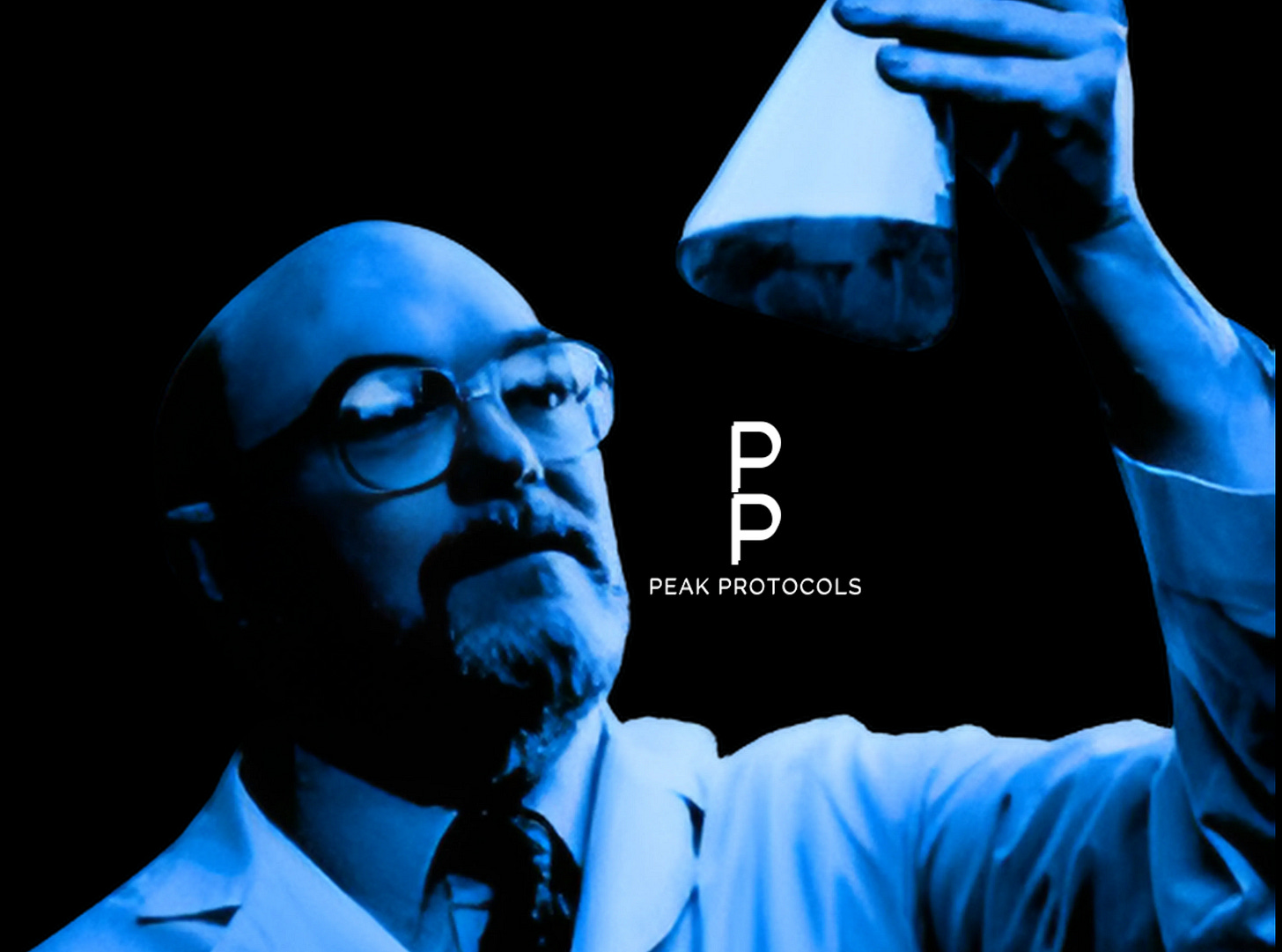The craze for copper: GHK-Cu, more than just a skin peptide.
These past few years have seen a meteoric rise in the pharmaceutical equivalent to the cookie monster, a blue vial shrouded in mystery #19
These past few years have seen a meteoric rise in the pharmaceutical equivalent to the cookie monster, a blue vial shrouded in mystery that has hit the mainstream market hard by featuring in many major skincare brand formulations. But where did it come from? And what does it do?Let's look back on the history:
GHK-Cu was discovered by Dr. Loren Pickart in the early 1970s. He first identified the GHK tripeptide (glycyl-L-histidyl-L-lysine) in human blood plasma and found that it had a strong affinity for copper ions.
Pickart was working at the University of California, San Francisco at the time, and his initial research focused on factors that could stimulate tissue repair and wound healing. He noticed that older human plasma was less effective at promoting tissue growth compared with younger plasma, which we have later discovered is due to your body naturally producing GHK (without copper) at about 200 ng/ml when you're 20, but this drops to 80 ng/ml by age 60. This is one contributing reason why wound healing slows down as you age
quite similar to other biochemical processes such as melatonin declining, hence the invention of pineal peptides by the Russians (which is a story for another day).
Now back to the copper craze: Dr. Pickart showed that functionally GHK could:
Stimulate collagen synthesis
Promote wound healing
Act as an anti-inflammatory agent
Function as an antioxidant



